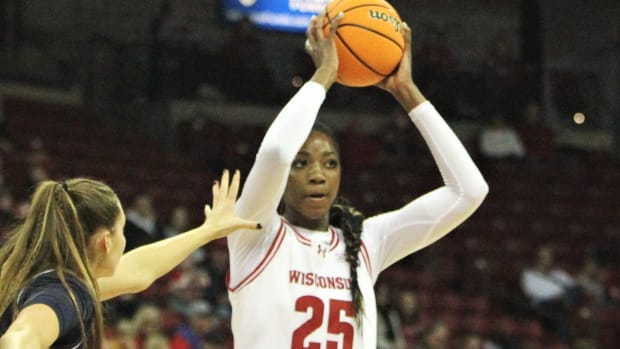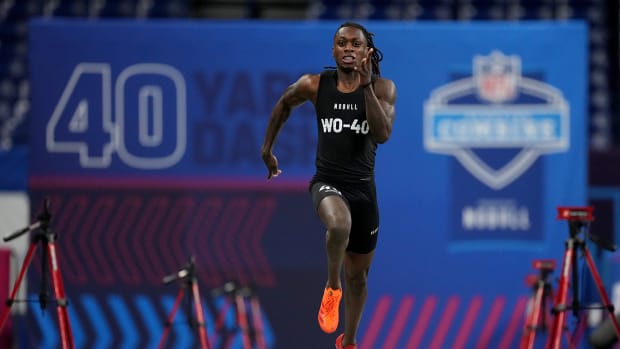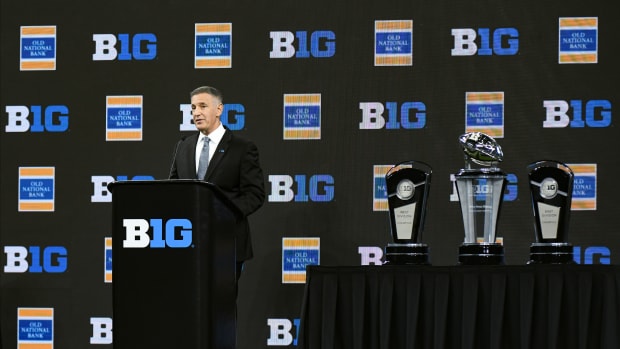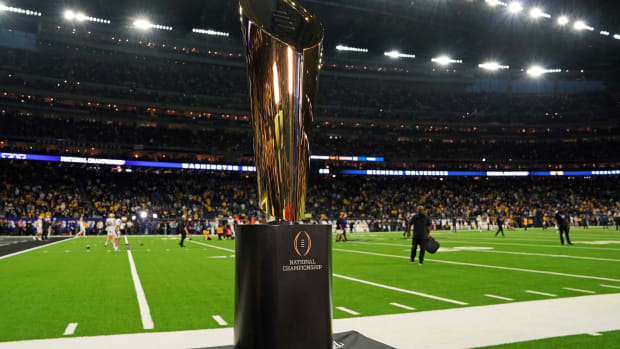Purdue's Running Game the Key to Competing with Wisconsin
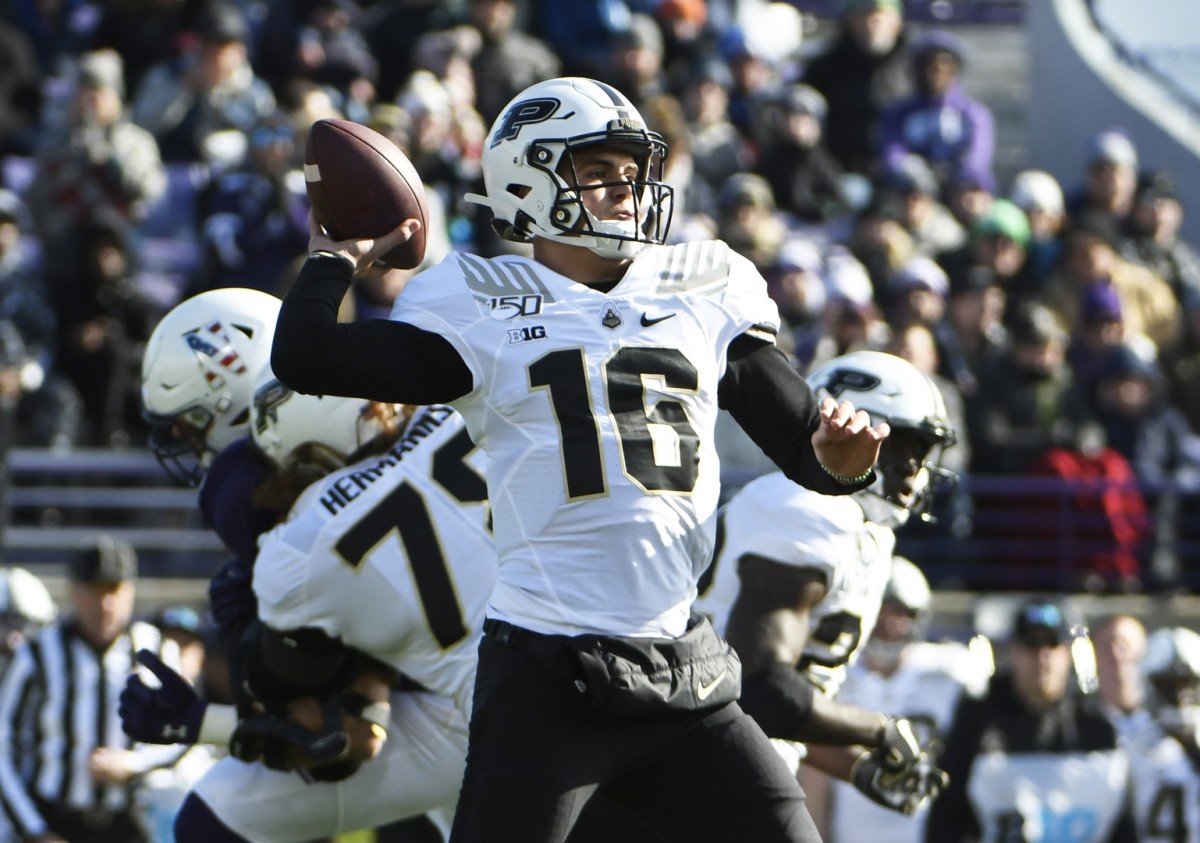
WEST LAFAYETTE, Ind. — The Purdue offense will be faced with a major challenge on Saturday, scoring against a dominant Wisconsin defense that had four shutouts in its first six games.
But that's not the same defense that Badgers fans have seen lately, which gives the 4-6 Boilermakers hope that they can have some success in Madison against the No. 14-ranked Badgers (8-2) on Saturday afternoon at 4 p.m. ET.
Purdue's offense has done just enough to pull out victories the past two weeks over Nebraska and Northwestern. It will have its hands full facing one of the top defenses in the country.
Entering the game, Wisconsin ranks 12th in the nation in rushing defense (103 yards), third in the nation in passing defense (154), and fourth overall in total yards allowed per game, allowing just 257 yards per game.
With numbers like that, it’s not a shock that they allow just 13.4 points per game, ranking them top 10 in that category as well, where they sit at No. 6 nationally.
As of late though, their seems to be a chink in the Badger armor.
Wisconsin has come back down to earth and has shown vulnerability lately. Over the last four weeks, the Badgers are just 2-2, the same as Purdue over that stretch. They squeezed out wins over Iowa and Nebraska and fell to Illinois and Ohio State. Over that stretch, though, they have allowed 24, 38, 22 and 21 points for an average of 26 points per game, double their season average.
The reason for that? According to Purdue coach Jeff Brohm, it stems from having to defend an athletic quarterback who was able to open up an offense.
“When you watch Wisconsin’s defense throughout the course of the season, if you have a running quarterback and spread the field, that’s what hurts them,” Brohm said.
The two opponents who did the most damage that way against Wisconsin were Ohio State and Nebraska. In those two games they got exposed on the ground, allowing 264 rushing yards in the 38-7 loss to Ohio State, and 273 yards in the win over Nebraska.
Ohio State running back J.K Dobbins rushed for 163 yards of his own, and the Buckeyes moved the ball at will. Ohio State quarterback Justin Fields, who has had big games on the ground all year, carried the ball 13 times for just 21 yards and a touchdown, but the threat of him running was enough to open up lanes for Dobbins and the other backs.
Nebraska did the same thing to Wisconsin, ripping them for 273 yards and two touchdowns. Running back Dedrick Mills carried the ball 17 times for 188 yards and a score, and quarterback Adrian Martinez carried 16 times for 89 yards and a touchdown. As a team, Nebraska averaged 7.4 yards per carry. Martinez and his backs had success all day long.
Those teams may have laid the blueprint for Brohm and his staff, but now actually succeeding at it is the next step. With the injury to quarterback Jack Plummer a few weeks ago, any sort of running threat from that position is off the table. Adian O’Connell, Purdue's third starting quarterback this season, is more of an accurate passer who likes to stay in the pocket. With him at quarterback, it becomes difficult to execute this plan.
“I don’t know if that’s what we can do at this point, but that’s what hurt them,” Brohm said. “When you have an athletic quarterback who can scramble around, make plays when it’s not there, and buy time, and when you can throw in a mixture of the quarterback run, that’s what opened up a lot of seams.”
Regardless if O’Connell can run that type of offense or not, Brohm understands that getting the running game going will be the key to competing on Saturday. Purdue has struggled on the ground all year long, so it’ll be a tough task for that group. King Doerue is the team's leading rusher, and he has only 403 yards all year. As a team, Purdue is averaging just 2.7 yards per carry.
Coming off of a bye week and having two weeks to prepare, though, Brohm and Co. have had plenty of time to formulate a game plan to help take the pressure off of the walk-on, O’Connell.
“We’ve got to figure out how to create some seams without maybe that type of offense at this point, but you never know,” Brohm said. “We have to be smart and intelligent, figure out what can get the ball moving and not put all the pressure on the passing game.”

